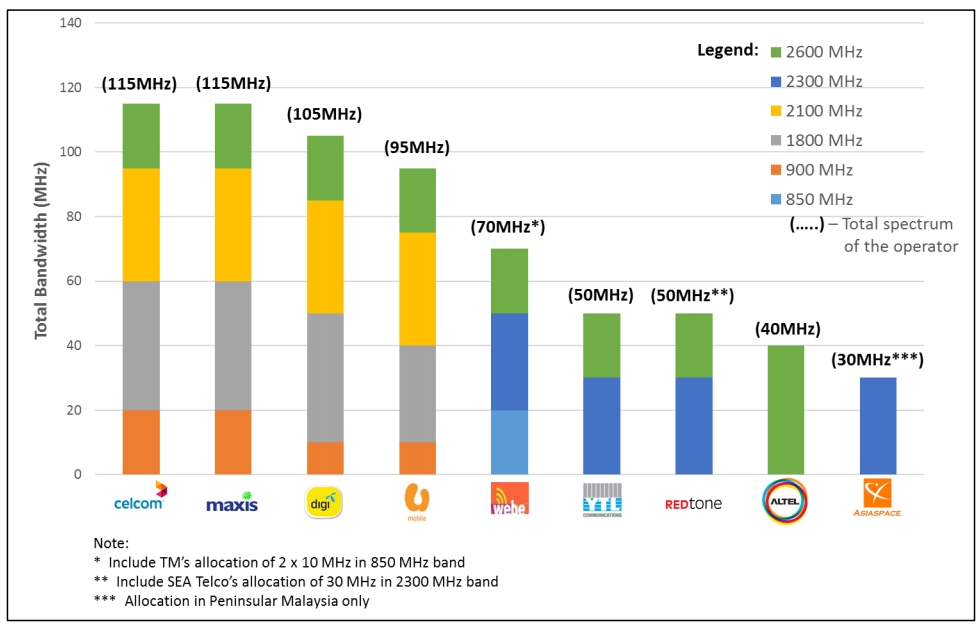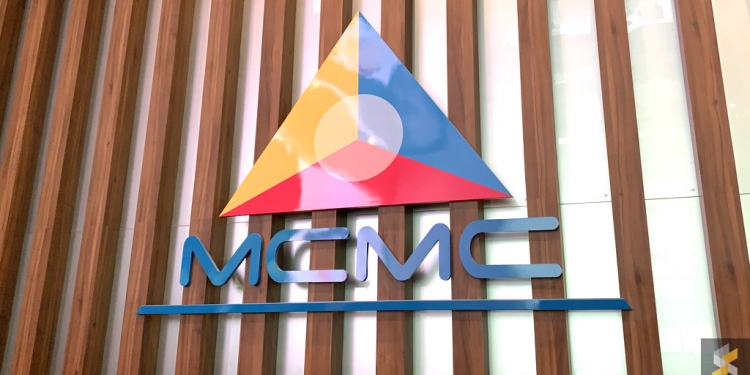The Malaysian Communications and Multimedia Commission (MCMC) has initiated a Public Inquiry (PI) on spectrum allocation matters for three spectrum bands that will be utilised for mobile broadband. The PI will be running from 1st July until 30 August 2019 and it will cover the 700MHz, 2300MHz and 2600MHz spectrum bands.
According to MCMC, this is the first time they are undertaking a Public Inquiry as they want to ensure transparency in spectrum allocation. The Public Inquiry aims to gather feedback from industry experts, public and interested parties on MCMC’s proposal on spectrum allocation timeframe, implementation plan, technical matters and spectrum fees.
Ultimately, the MCMC wants to ensure optimised use of the spectrum through effective spectrum allocation strategies. This will ensure improved quality of service, wider coverage and better mobile broadband speeds. The government aims to achieve an average speed of 30Mbps in 98% of populated areas by 2023 under the National FIberisation and Connectivity Plan (NFCP).
At the moment, Malaysian operators are utilising six spectrum bands – 850MHz, 900MHz, 1800MHz, 2100MHz, 2300MHz and 2600MHz. The valuable 700MHz band is currently utilised for analogue TV transmissions and it is expected to be switched off by Q3 2019 to make way for mobile services.
The 2300MHz band was initially used for WiMAX services by Asiaspace, RedTone, P1 and YTL (Yes 4G). Eventually, operators switched to LTE, which include Yes 4G and Unifi Wireless. For 2600MHz, this was the first band that was used for Malaysia’s first 4G LTE rollout in 2013. It is still in use at the moment by major players including Maxis, U Mobile, Celcom, Digi, TM/Webe (Unifi) and YTL Communications (Yes 4G). Although it has a smaller footprint compared to other LTE bands, the 2600MHz spectrum can provide higher bandwidth, especially in dense urban areas.
Below is the current allocation of spectrum for each operator.

According to MCMC’s PI document, Celcom, Digi, Maxis, U Mobile and TM/Webe currently hold 74% of all spectrum available for mobile broadband service. It also mentioned that Celcom, Digi and Maxis have provided mobile service coverage of at least 85% of the population via 2G, 3G and 4G/LTE technologies.
For further reading, you can refer to MCMC’s Public Inquiry document here.








